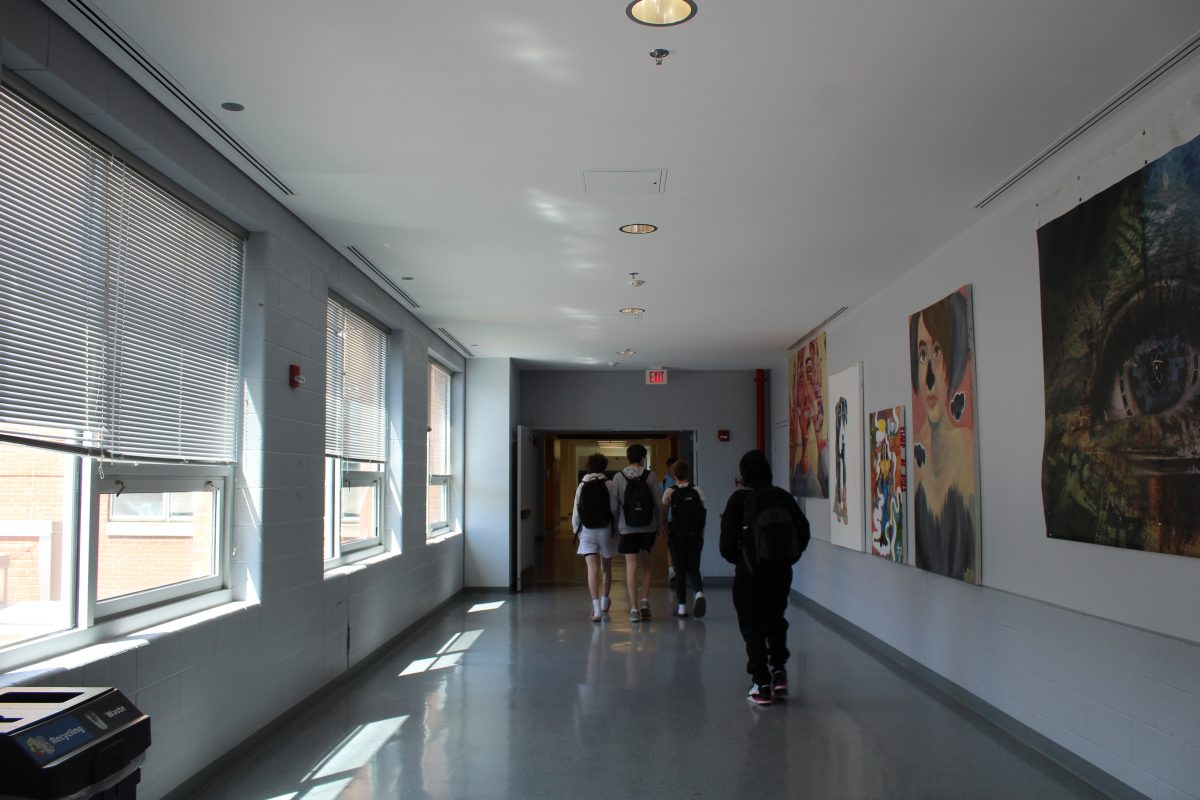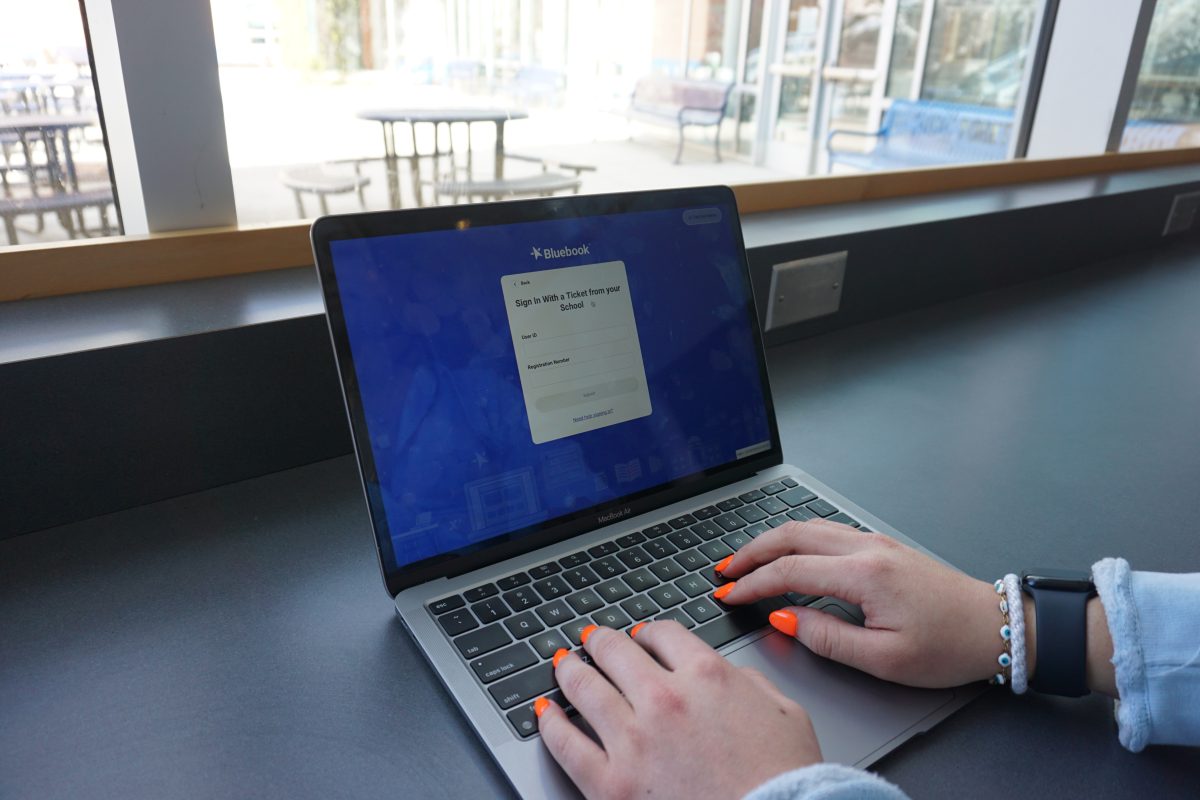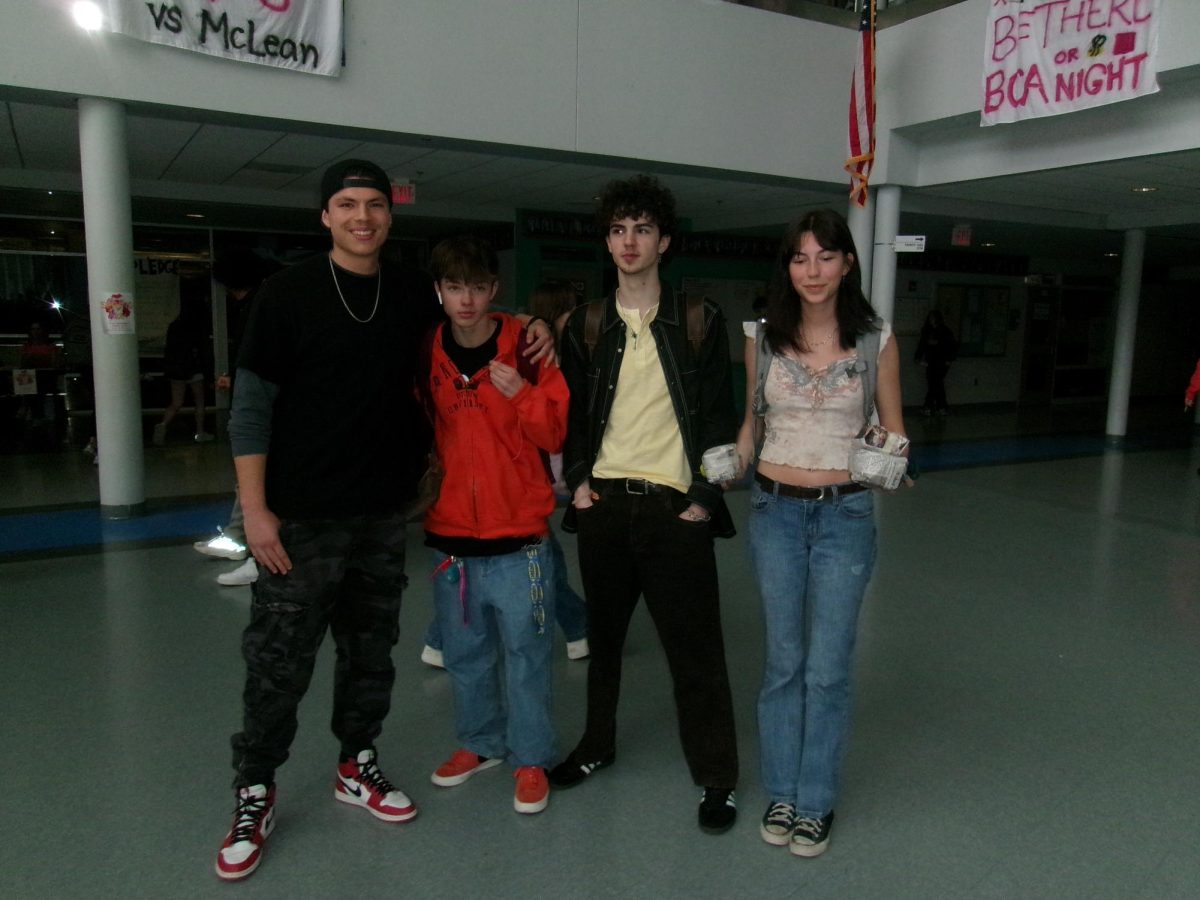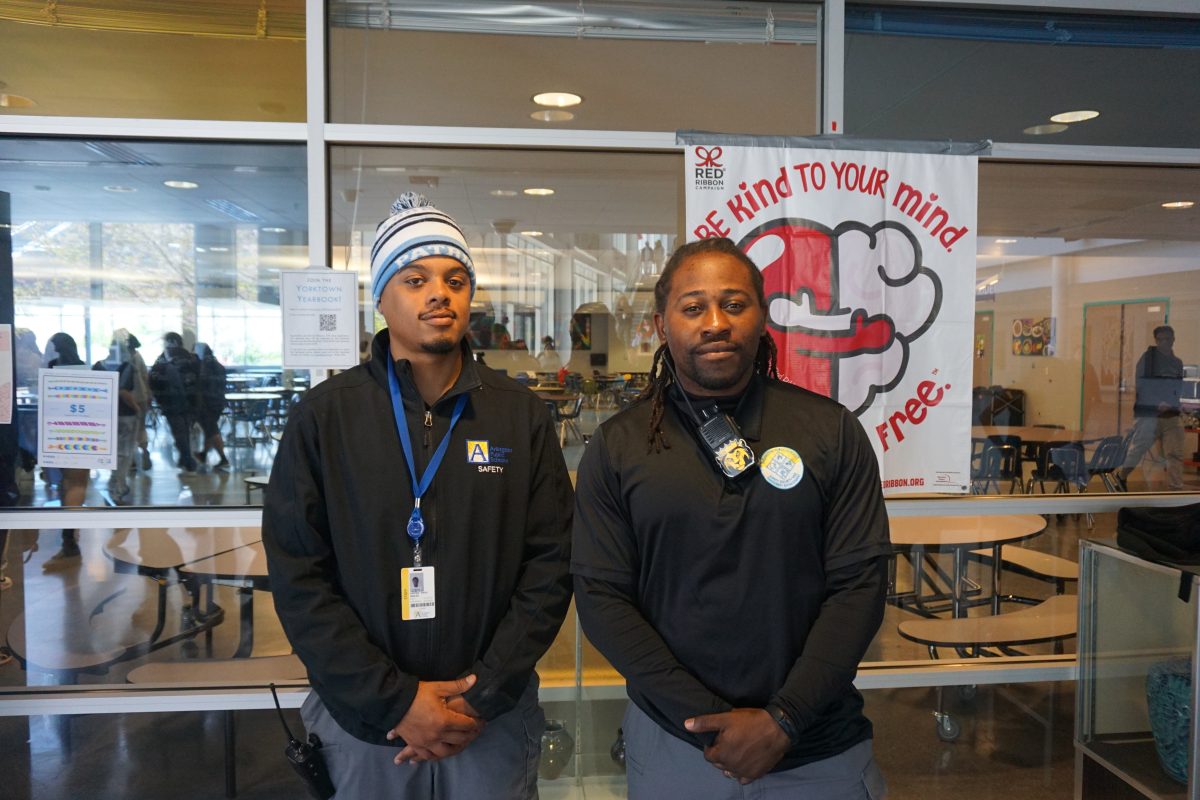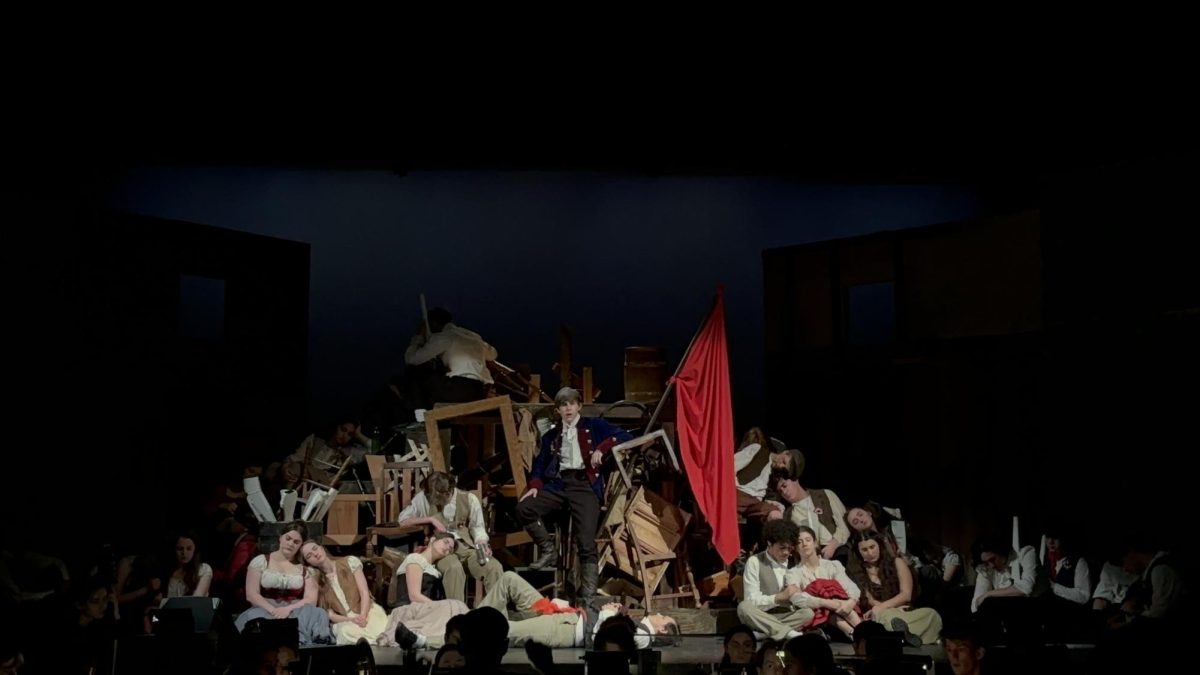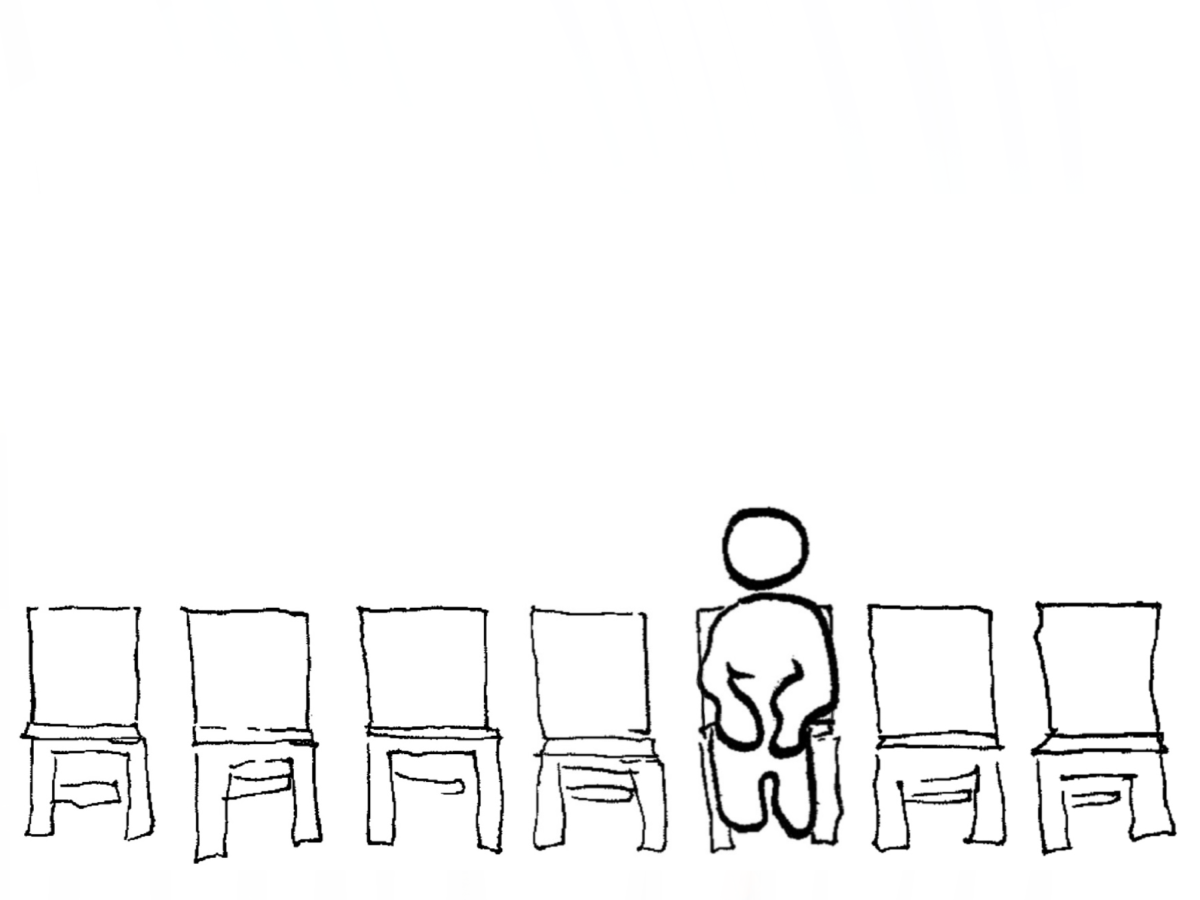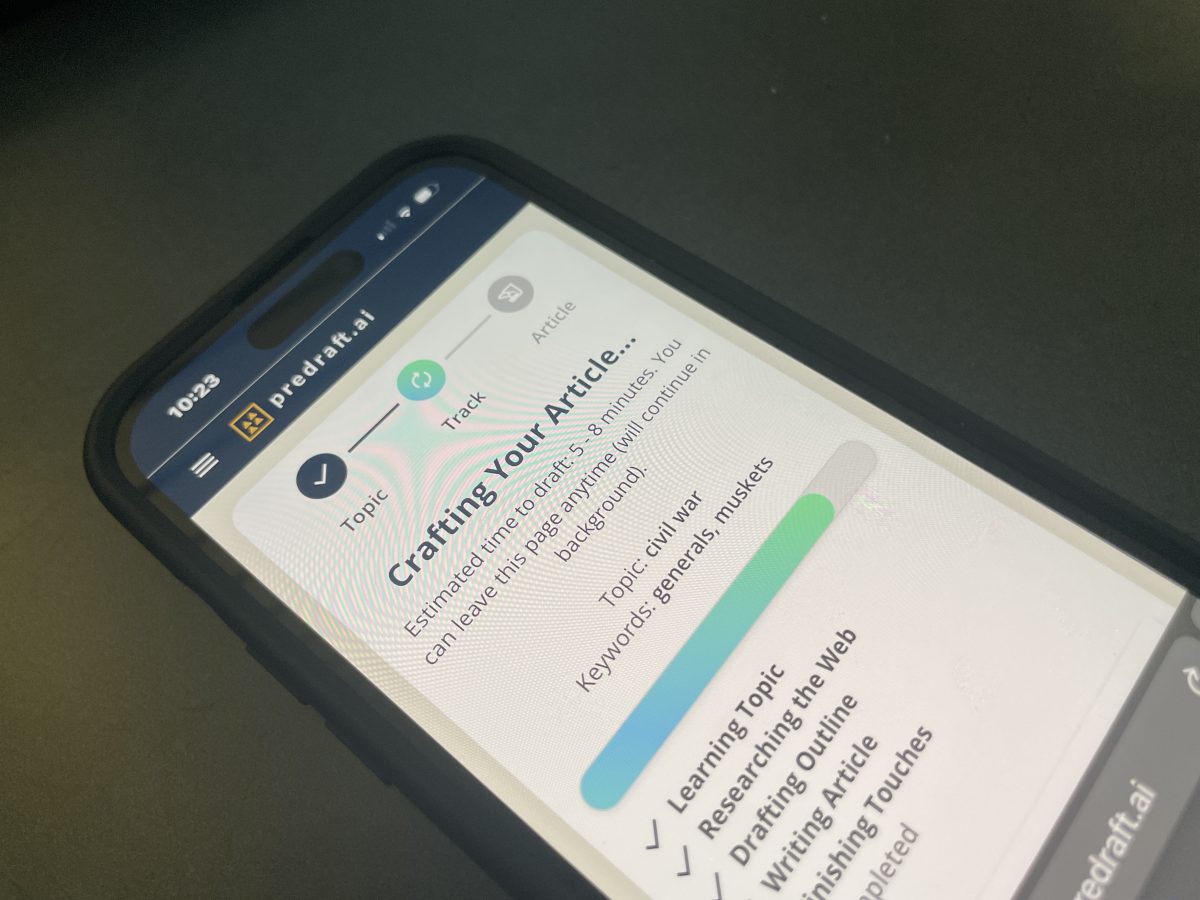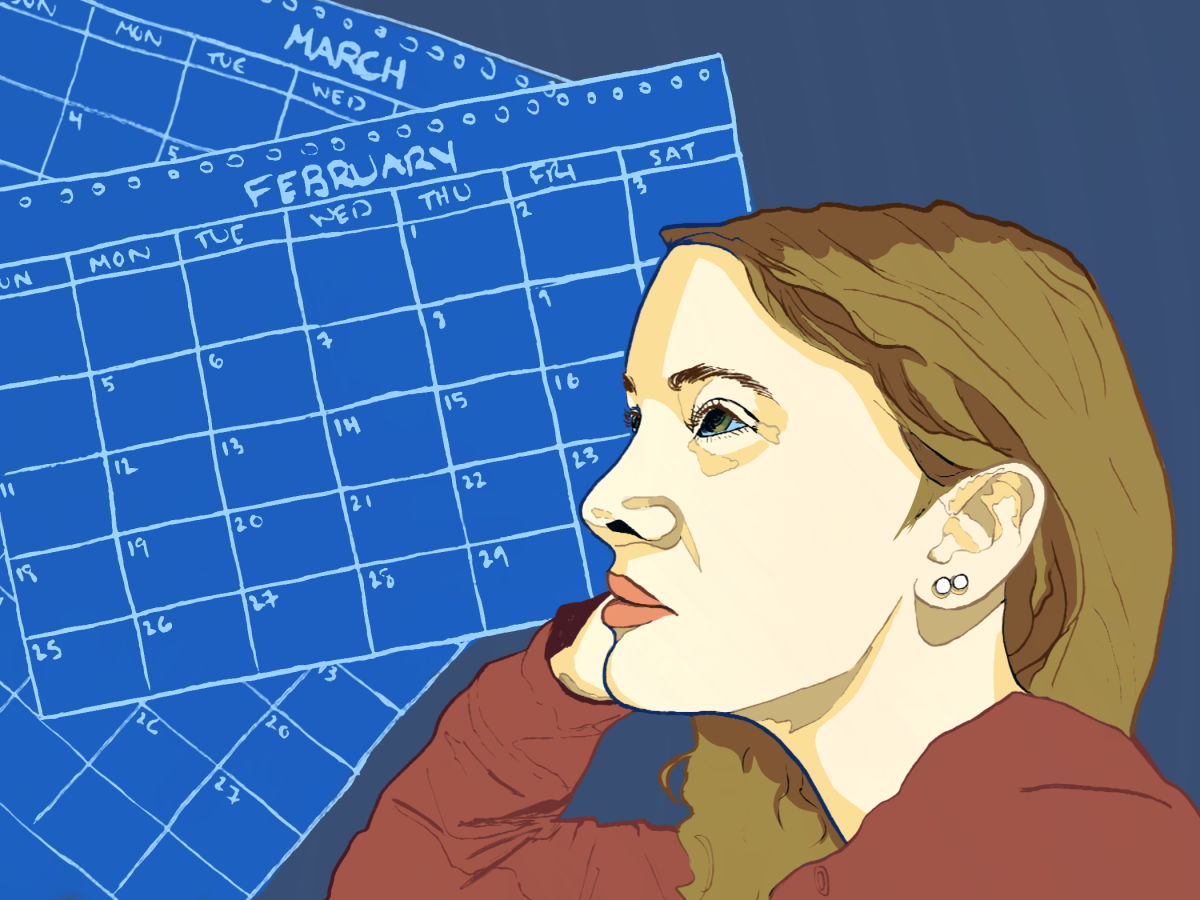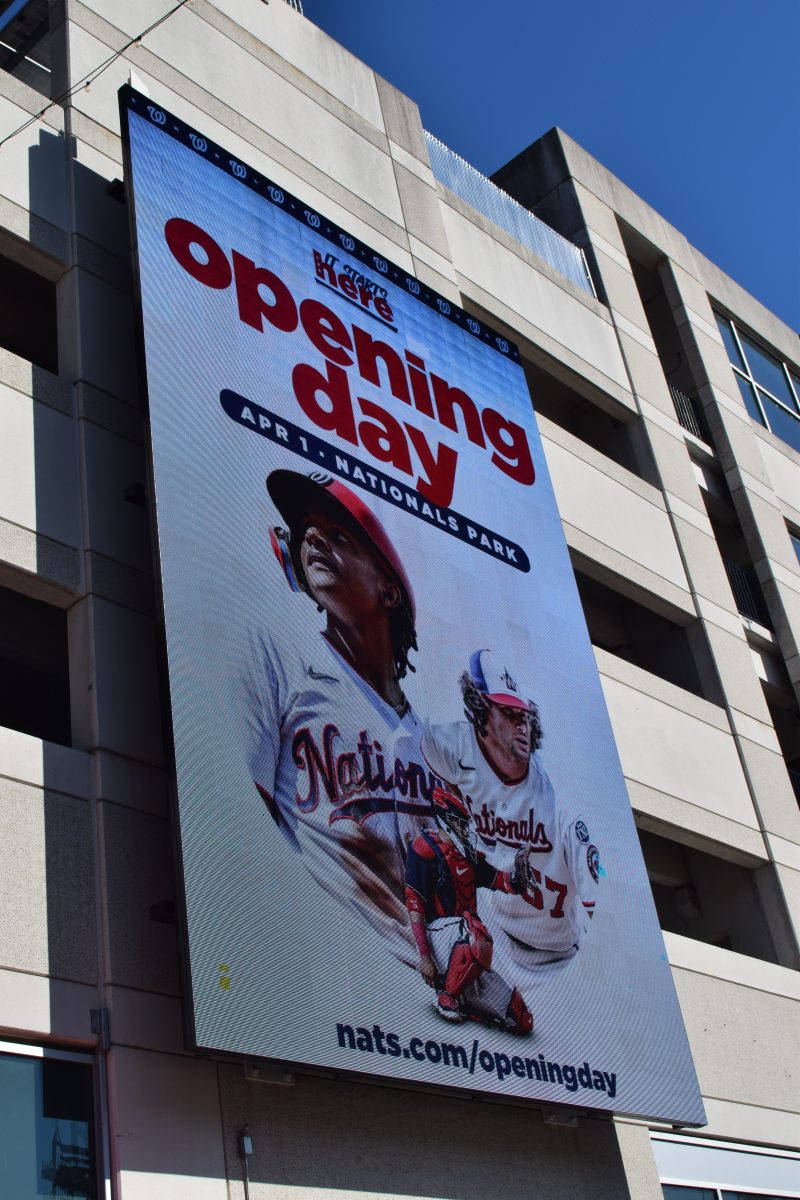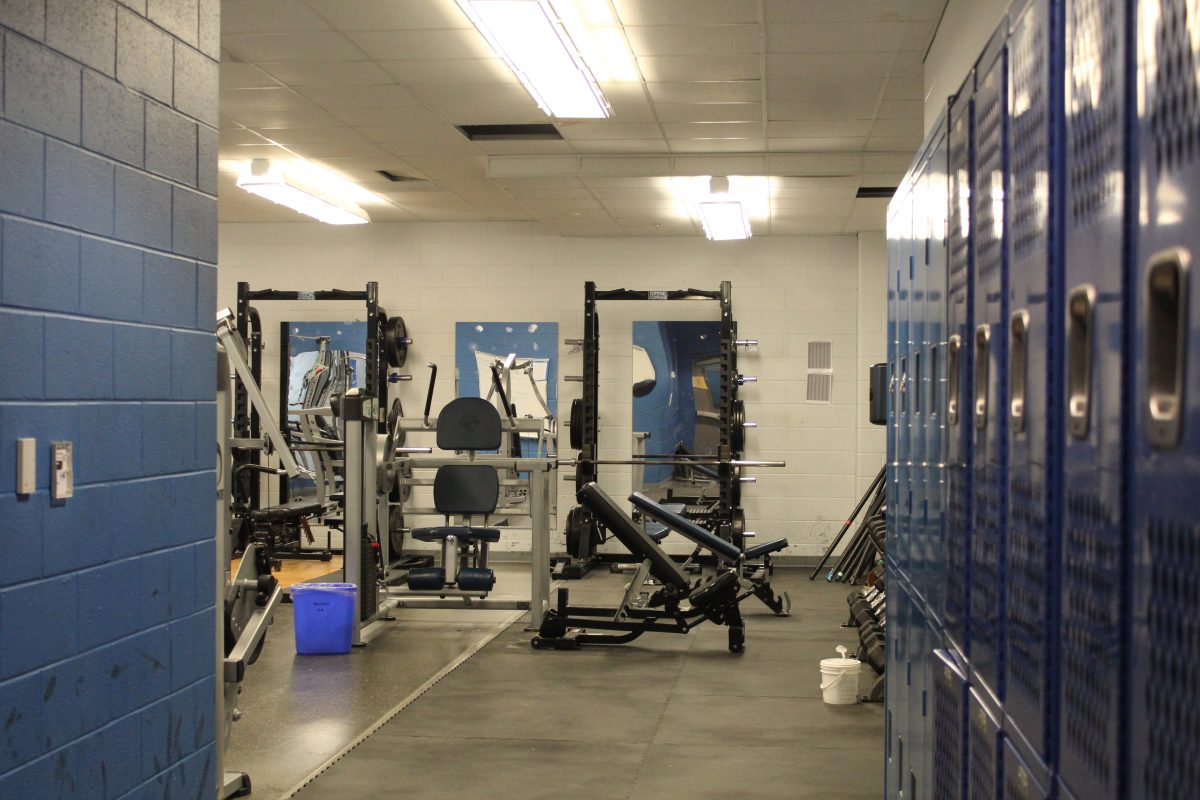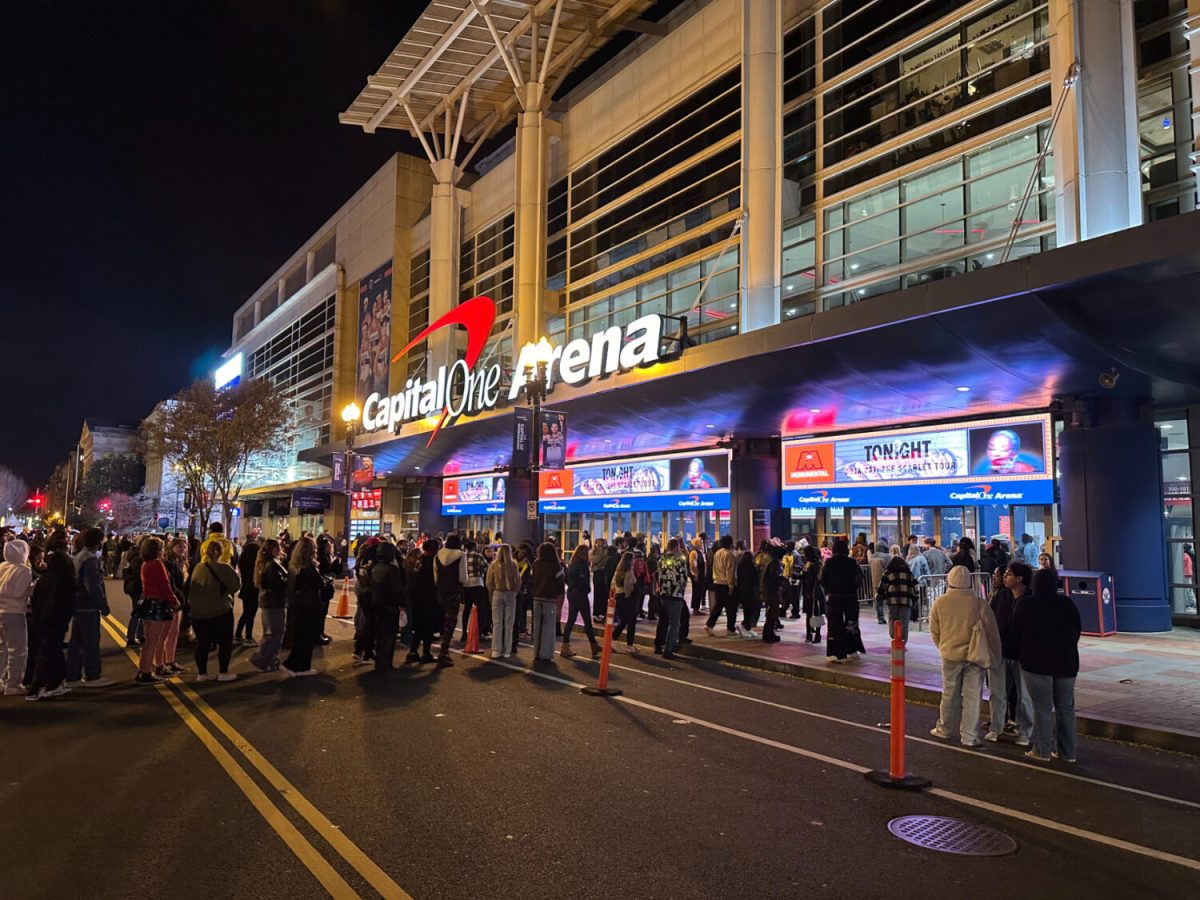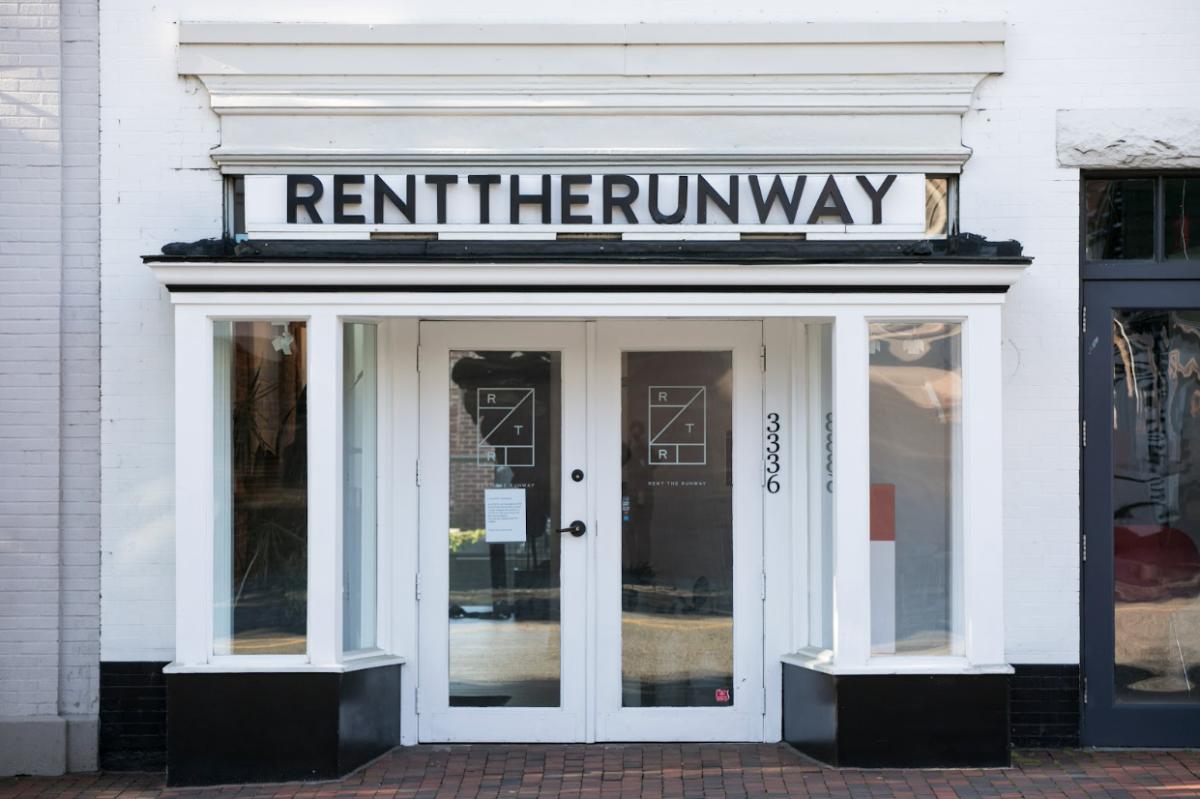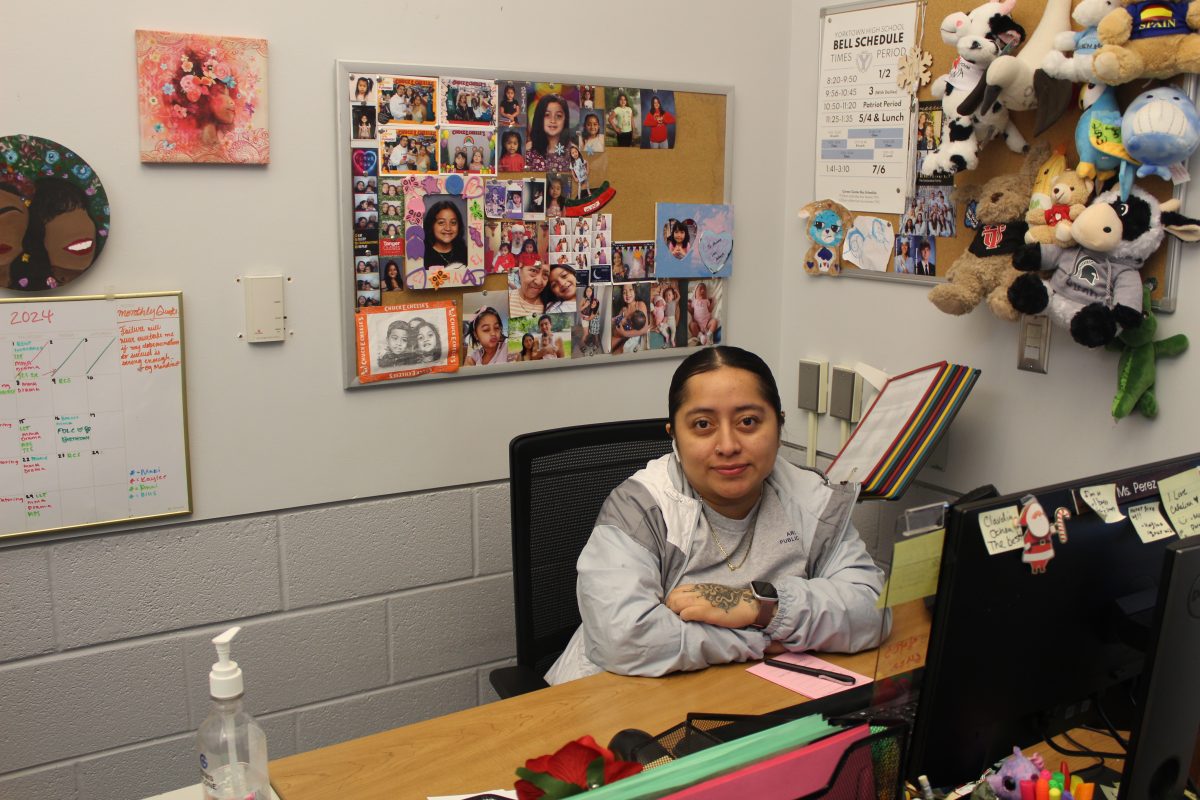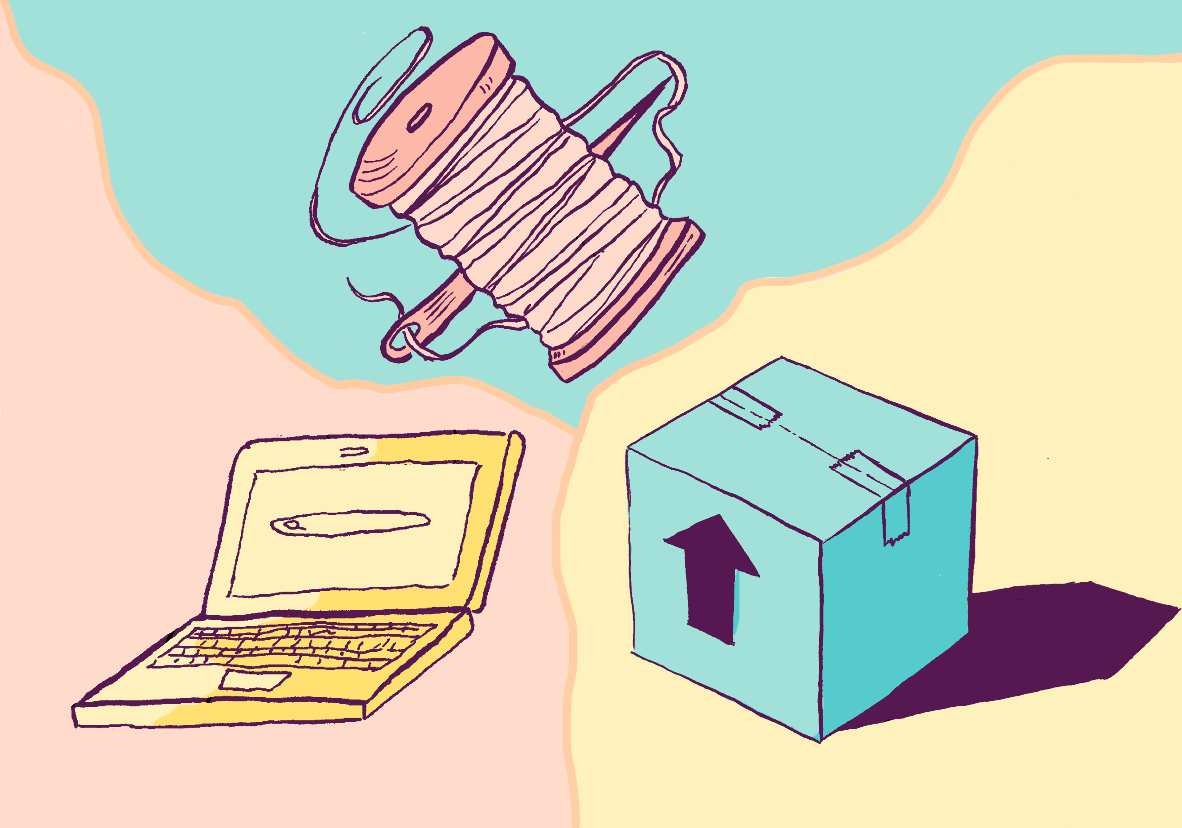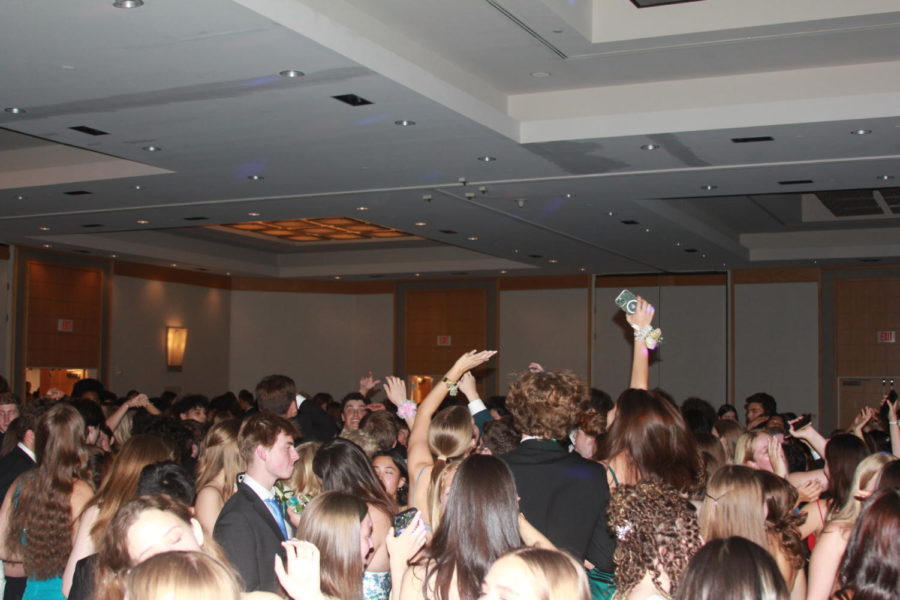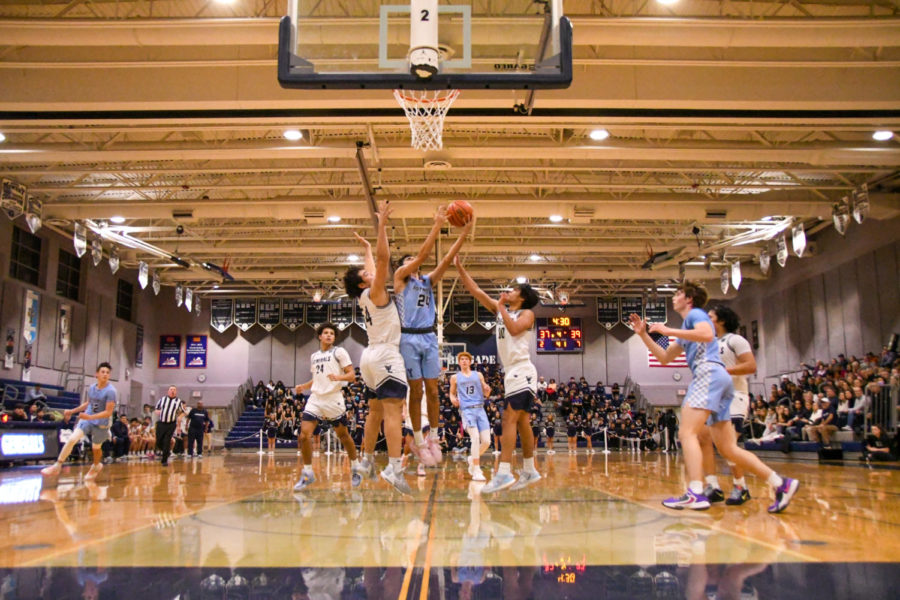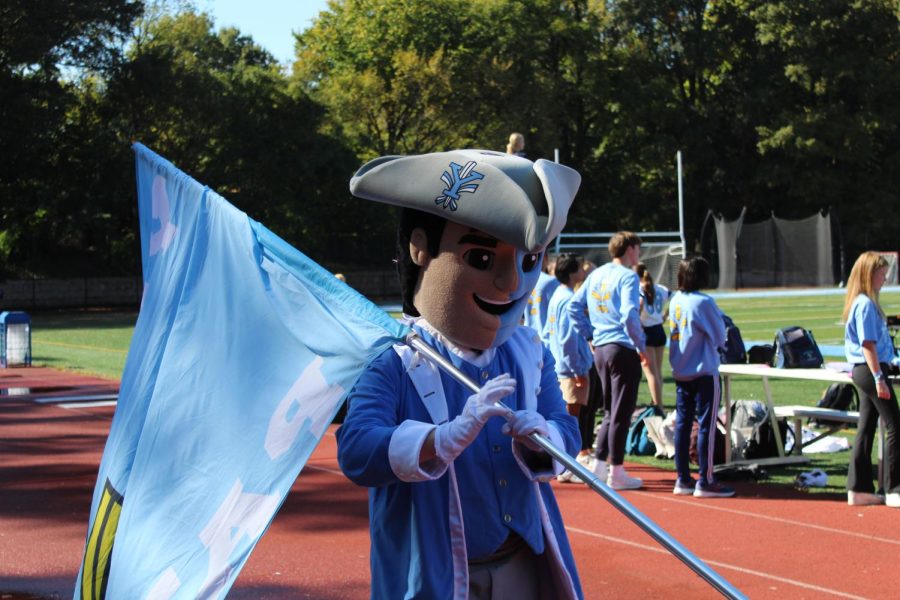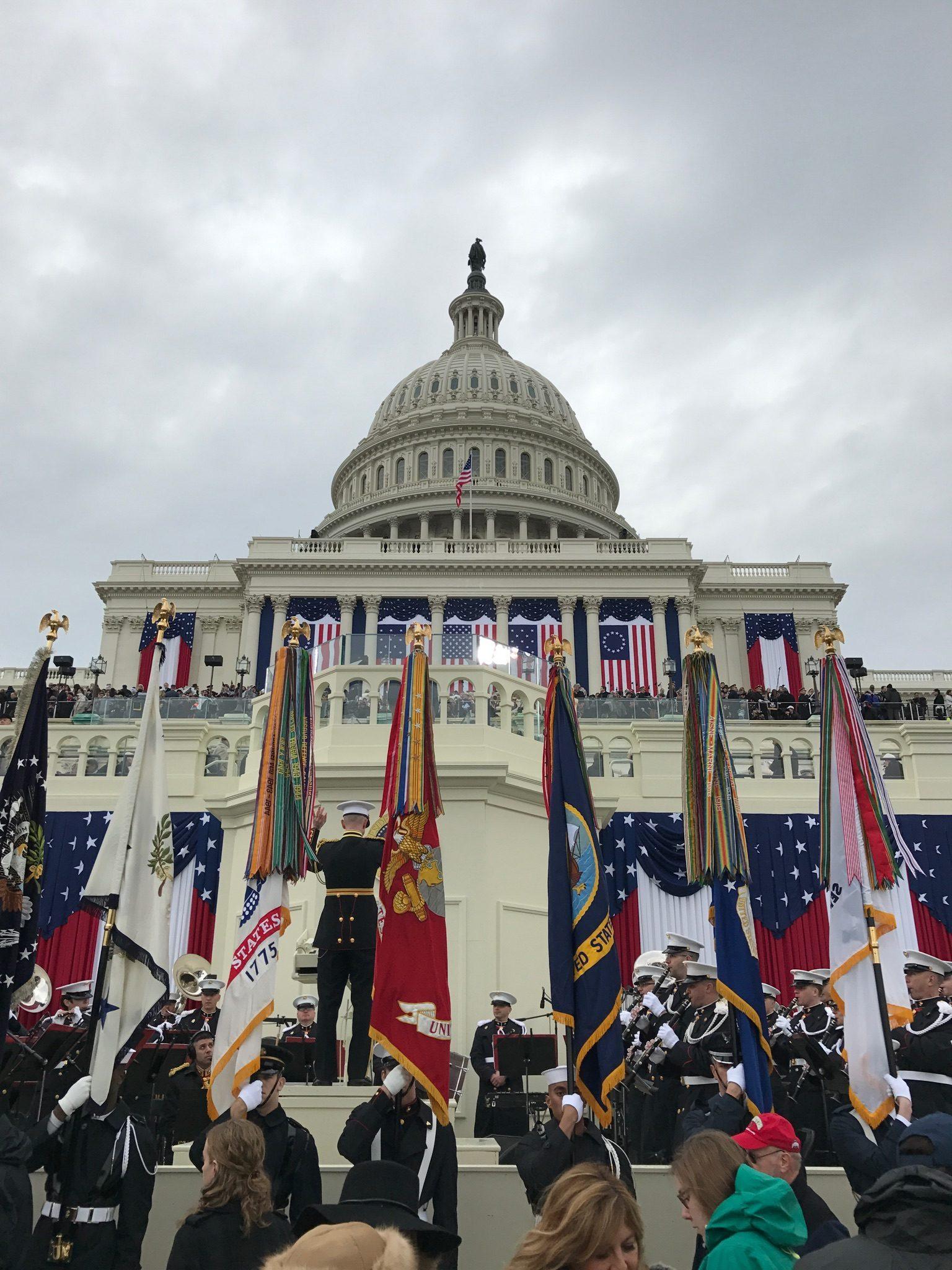On January 20, Donald Trump was inaugurated as the 45th president of the United States, ending Barack Obama’s eight year term. Although Trump officially took position as President, the strong disapproval of his candidacy did not stop. The inauguration had many protesters.
Following the inauguration, the Women’s March on Washington took place on January 21 at 10 a.m. The march was meant to protest Trump as well as the overall misogyny and racism that characterized his campaign. Although it is named the “Women’s March,” everyone was welcome and encouraged to attend. The estimated amount of protesters who participated in the march was more than 250,000, as it gained attention and was linked to many simultaneous marches around the country and the world.
What started as a way to reject Trump’s attitude towards women, has become a movement to liberate all American’s. According to The Washington Post, there were 200 bus permits filed for the inauguration, and 1,200 for the Women’s March, showing that an overwhelming amount of people plan to protest against Trump’s rhetoric.
Junior Lily Corey protested at the Women’s March with her family from Oregon and California. She looked forward to this historic event.
“My main intention [of protesting] is to make sure that women’s voices are heard. I hope by protesting Trump realizes that women will stand up for what they believe in,” Corey said.
Since there are many people who wanted to participate who could not get to DC, there were other similar chances to advocate around the world. Various cities proposed “Sister Marches” inspired by the march on Washington. The estimated amount of nationwide marches on the 21st is around 300. However, people from all over the country and world are traveling to Washington to participate in this historical event.
For senior Carly Grand, many people in her family travelled to Washington to attend the march.
“My aunt and other family friends are coming up from Atlanta to protest. They made t-shirts and hats just for the march. They are super excited to be able to protest against Trump,” Grand said.
The main intention of the march is to express the unity and strength of women in the form of protesting. The women, and men, marching joined to show that their voices must be heard. The event coordinators feel that after the recent election, minorities of all kinds were left feeling insulted and threatened. It was essential for people attending to practice nonviolent protesting. The march was not intended for only for women to be noticed, but for everyone who felt attacked in the past year. The purpose is to unify a group of individuals who refuse to be ignored. By marching around Washington, the diverse people that make up our country will be given a voice.
Although the march was mainly supported, many people question the point of protesting after the inauguration. Freshman Jonathan Short attended the inauguration, but not the Women’s March.
“People have the right to march, it is in the Bill of Rights, but I don’t understand what they are protesting,” Short said.
Graham Weinschenk, senior and president of Young Democrats, participated in the march. As an active advocate against Trump and his message, Weinschenk hopes that the Women’s March will demonstrate that American’s from all different backgrounds will be extremely present in the next four years. Weinschenk, along with others who share his perspective, refuses to be ignored.
“[Trump] is anti-gay, anti-women, anti-immigrant and pro-Russian… We will be watching his every step and we will be there to remind him that his power is derived from the people,” Weinschenk said.
While many prepared for the inauguration on January 19, the National Museum of African American History and Culture hosted the Peace Ball. The event celebrated the activism and strength shown from many in this election cycle. The ball is one alternative to the inauguration. Another option is the Unity Ball. On January 21 the first “inauguration weekend dance party” will take place. Open to anyone who believes in equality, and could get a ticket. For both the Peace Ball and Unity Ball, scoring tickets was nearly impossible.
There were many chances to witness this historic inauguration, besides attending it. The Women’s March, Unity Ball and Peace Ball are some of the many organized alternatives. Whether you support Trump or not, getting involved in this inauguration is important.

